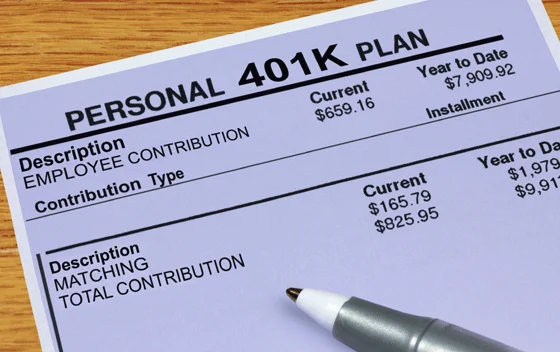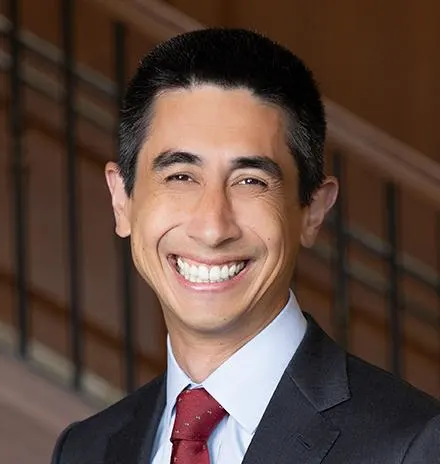If organizations want to help their employees keep up with the Joneses, turns out it’s better to keep the Joneses out of sight.
So suggests an article in the Journal of Finance by Harvard Business School assistant professor John Beshears. The piece is based on a field experiment that tracked how employee 401(k) contributions responded to savings information provided by their employers. The study was conducted to understand what kind of influence company-offered information can have.
We’ve uncovered a phenomenon that is probably not sufficiently attended to in the investing space
“Defined benefit (DB) plans have largely gone the way of the dodo,” Beshears said in a recent interview. “They’ve been replaced with defined contribution (DC) plans. In those situations, it’s incumbent upon the individual to be saving enough and allocating appropriately. One of the main drivers for this study was a concern that people aren’t saving enough, and that as a result, they won’t have an adequate standard of living in old age.”
Beshears is part of the School’s Negotiation, Organizations, and Markets unit, where he researches topics in behavioral economics, such as how households make financial decisions and how those decisions play out in the market. Noting the dramatic shift from DB to DC plans over the past few decades, Beshears and his coauthors hear frequent concerns over workers ill-equipped to make well-informed savings choices. They decided to focus their efforts on gauging the effectiveness of a common educational methodology aimed at these employees.
Commonly called “social norms marketing,” the method essentially shows people what their peers are doing to induce them into good behaviors. Beshears pointed out that when put in situations with ambiguous outcomes, people often look to similar individuals and imitate their actions. This allows them to capitalize on the research others have already done and makes them feel secure through a sense of normalcy. The publicly-held technology company Opower, which services a host of utility companies and their customers, had great success with this model by showing customers how much energy they were using compared to others living in their area. This quickly turned energy saving into a kind of friendly competition and drove great results.

Sharing retirement data among peers can cause some people to become
discouraged about their savings. ©iStock/GaryPhoto
“We thought this idea might work really well in a retirement savings context,” Beshears explained. “Fidelity, for example, has a ‘People Like Me’ campaign that operates in this way. We were motivated to prove that this is a tool that should be permanently added to the set of effective techniques for helping people save more.”
What the study eventually found was quite the opposite. Showing employees information about their peers’ investments actually discouraged them from making or increasing their own investments. In one instance, peer information reduced the likelihood of participation by more than a third. This discouragement, Beshears said, stemmed from employees being reminded that they were already behind in their own investment efforts.
“It ended up turning out differently than we had imagined, which is too bad but perhaps even more informative,” Beshears said. “We’ve uncovered a phenomenon that is probably not sufficiently attended to in the investing space. The fact that peer data reminded people of their relative socioeconomic standing, and that the associated feeling of discouragement outweighed the benefit of any other information, was really surprising.”
The finding is useful for employers because as DC plans continue to proliferate, companies face more of a responsibility to effectively educate their workforce, particularly older workers who may not have benefited from mechanisms like automatic enrollment. That education builds employee loyalty and bolsters company reputation, but requires effective tools to carry out. Beshears’s research sheds important light on the presumed efficacy of social norms marketing in the investment context and is applicable to a range of other human resources issues as well.
“The major message I take away from this is that it’s natural to suggest this type of social norms intervention,” Beshears said. “It’s relatively soft touch; it’s suggestive but not coercive. And in a lot of situations, it works in the intended way. But according to the evidence we’ve collected, you can’t blithely assume the strategy works everywhere. This study gives you a hint as to where you should be most careful when applying these techniques.”
